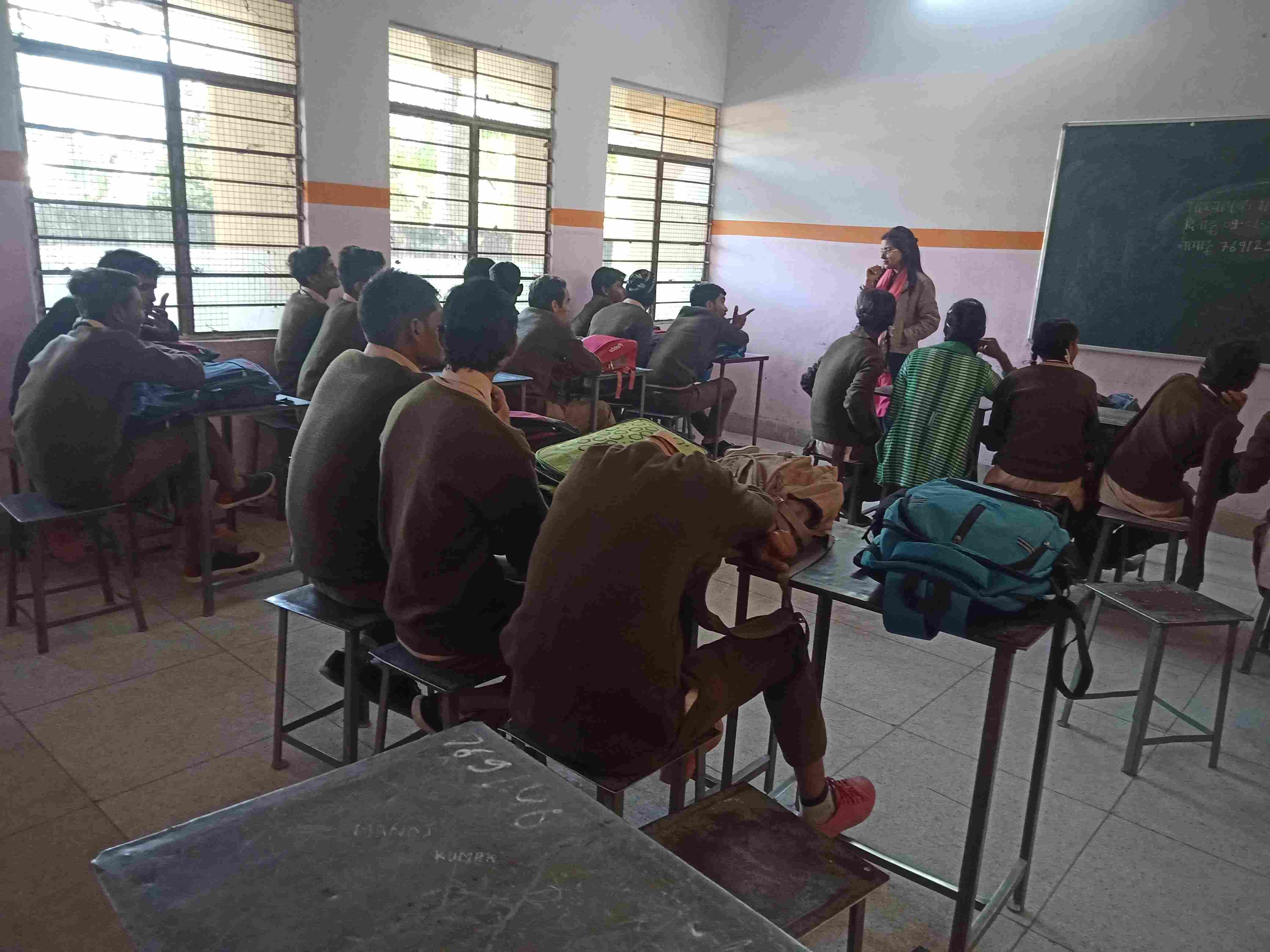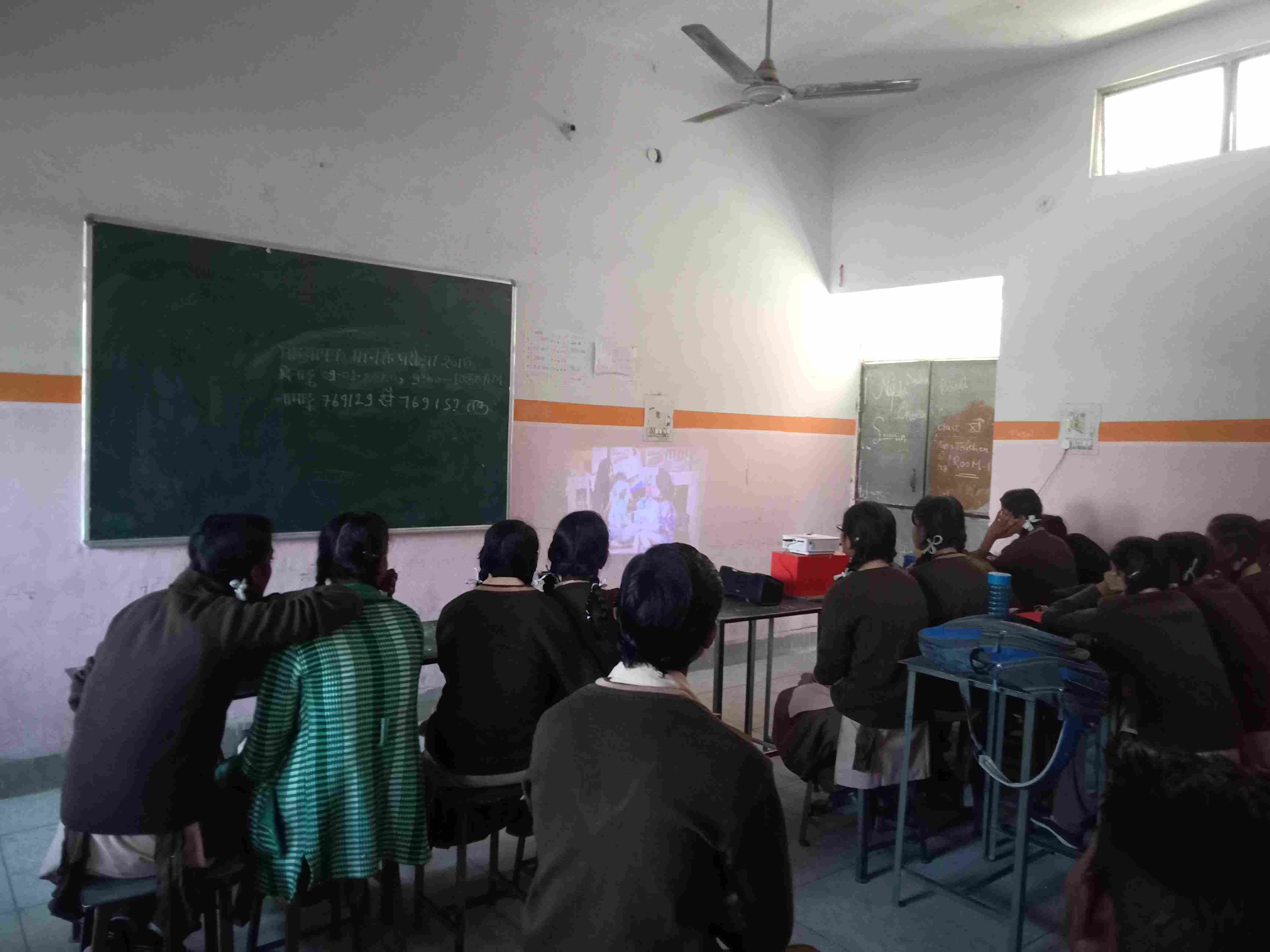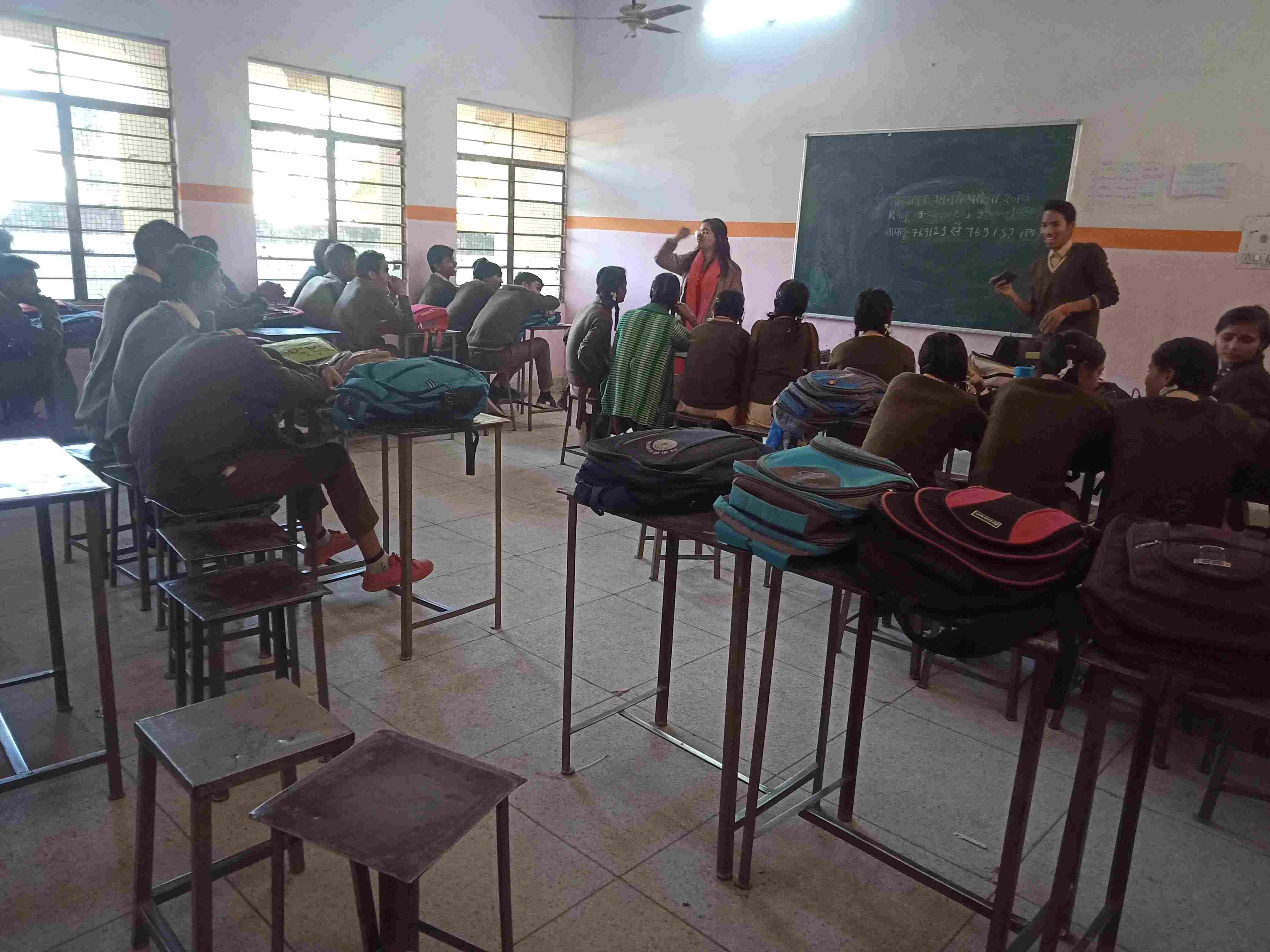Session on Child Rights at Govt. Sr. Sec. School in Mansarovar, Jaipur, Rajasthan – January – 2020
Child Rights
Children and young people have the same general human rights as adults, as well as specific rights that acknowledge their unique needs. They are not considered the property of their parents or helpless objects of charity, but instead are recognized as individual human beings with rights. The UNCRC Convention views children as individuals and members of a family and community, with rights and responsibilities appropriate for their age and developmental stage. Under the convention, governments are obligated to meet the basic needs of children and help them reach their full potential. This includes the recognition of each child's basic and fundamental rights, including:
- The right to life, survival, and development.
- Protection from violence, abuse, and neglect.
- An education that allows children to reach their potential.
- The right to be raised by and have a relationship with their parents.
- The right to express their opinions and have them heard.
Pre-session assessment
Who is considered a child? Some students responded that a child is considered to be innocent, unable to make decisions for themselves, under 5 years old, sometimes stubborn and mischievous. Another student stated that a person below 18 years of age is referred to as a "child." What are the needs of a child? Some students indicated that a child requires care and protection, proper guidance, a healthy environment, education, opportunities to play, access to healthy food, and parents who listen to them. Do you think children have rights? The students answered in unison that yes, children do have rights. Can you provide examples of these rights? The students replied that children have the right to education, the right to play, the right to be protected by their family, the right to access healthy food, and the right to live in a healthy environment. How do you think society views children? Some students responded that society often sees children as individuals who are unaware and in need of decisions being made for them.
Activity conducted during the session
"Here's a link to a cartoon film that showcases all the articles of children's rights according to the UNCRC: https://youtu.be/442yLFwrzs8"
Post session assessment
A small introduction of the United Nations Convention on the Rights of the Child (UNCRC) and its laws:
The United Nations Convention on the Rights of the Child (UNCRC) serves as the foundation for all of UNICEF's work. It is a comprehensive declaration of children's rights and is the most widely ratified international human rights treaty in history. The Convention comprises 54 articles that address all aspects of a child's life, setting out the civil, political, economic, social, and cultural rights that all children are entitled to. The Convention also outlines the responsibilities of adults and governments to ensure that children can exercise their rights.
Every child, regardless of their ethnicity, gender, religion, language, or abilities, has rights under the UNCRC. It must be considered as a cohesive whole, where all rights are interconnected and none are more important than the others. For example, the right to leisure and play (Article 31) and the right to freedom of expression (Article 13) are equally important as the right to be protected from violence (Article 19) and the right to education (Article 28). All rights hold equal significance.
The United Nations Convention on the Rights of the Child (UNCRC) outlines the basic human rights that must be granted to children. These rights are divided into four main categories:
- Right to Survival:
- Right to be born
- Right to a minimum standard of food, shelter, and clothing
- Right to live with dignity
- Right to access healthcare, safe drinking water, nutritious food, a clean and safe environment, and health information.
- Right to Protection:
- Right to be protected from all forms of violence
- Right to be protected from neglect
- Right to be protected from physical and sexual abuse
- Right to be protected from harmful drugs.
- Right to Participation:
- Right to freedom of opinion
- Right to freedom of expression
- Right to freedom of association
- Right to access information
- Right to participate in decision-making that affects them directly or indirectly.
- Right to Development:
- Right to education
- Right to learn
- Right to relax and play
Articles in the United Nations Convention on the Rights of the Child (UNCRC) can be found at the following link: https://www.unicef.org.uk/wp-content/uploads/2010/05/UNCRC_summary-1.pdf
The significance of child participation cannot be overstated. Children have unique perspectives and opinions, which may differ from those of adults. Every child has the right to participate in decision-making that affects them, regardless of their age. As children grow older, their opinions and voices should be increasingly considered and valued. Active participation is crucial for young people as it fosters a sense of self-esteem and helps build their confidence. By listening to children and taking their opinions seriously, we are preparing them to become trustworthy and capable adults.






